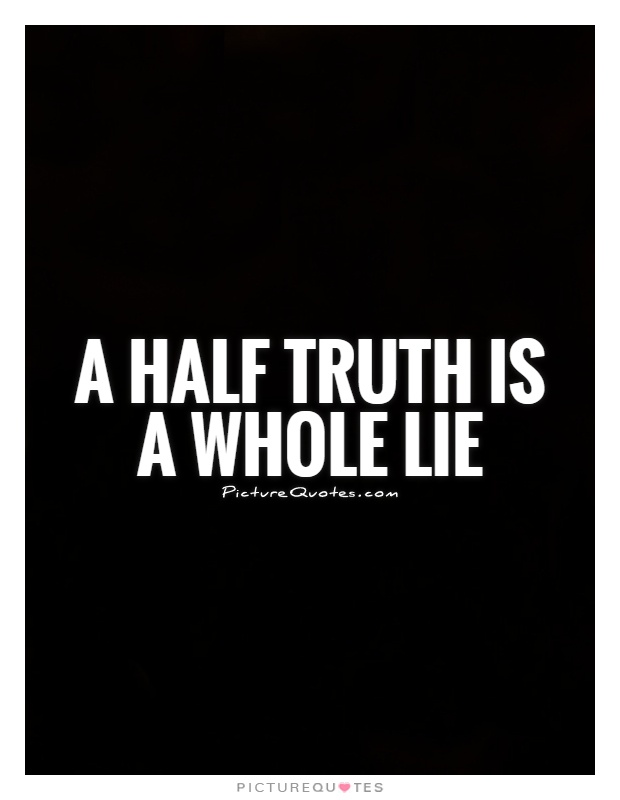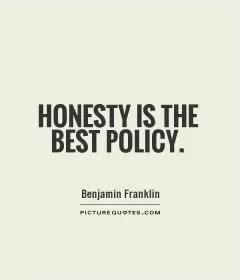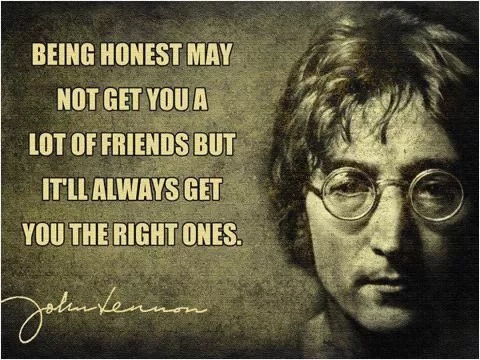A half truth is a whole lie

A half truth is a whole lie
The proverb "A half truth is a whole lie" is a powerful reminder of the deceptive nature of partial truths. While it may seem harmless to only tell part of the truth or to omit certain details, the reality is that doing so can still lead to misinformation and deceit. In fact, a half truth can be even more damaging than an outright lie because it can be more difficult to detect and unravel.When someone tells a half truth, they are intentionally withholding information or distorting the facts in order to manipulate the perception of a situation. This can be done for a variety of reasons, such as to protect oneself, to avoid confrontation, or to gain an advantage over others. However, regardless of the motivation behind it, a half truth is still a form of dishonesty and can have serious consequences.
One of the dangers of half truths is that they can erode trust and credibility. When someone realizes that they have been misled or deceived, it can damage the relationship and make it difficult to rebuild trust in the future. This is especially true in professional settings, where honesty and transparency are essential for maintaining a positive reputation and fostering strong working relationships.
Furthermore, half truths can also have a ripple effect, leading to further misunderstandings and conflicts. When one person tells a half truth, it can create a chain reaction of misinformation as others pass on the incomplete or distorted information. This can lead to confusion, miscommunication, and ultimately, more harm than if the full truth had been told from the beginning.












 Friendship Quotes
Friendship Quotes Love Quotes
Love Quotes Life Quotes
Life Quotes Funny Quotes
Funny Quotes Motivational Quotes
Motivational Quotes Inspirational Quotes
Inspirational Quotes